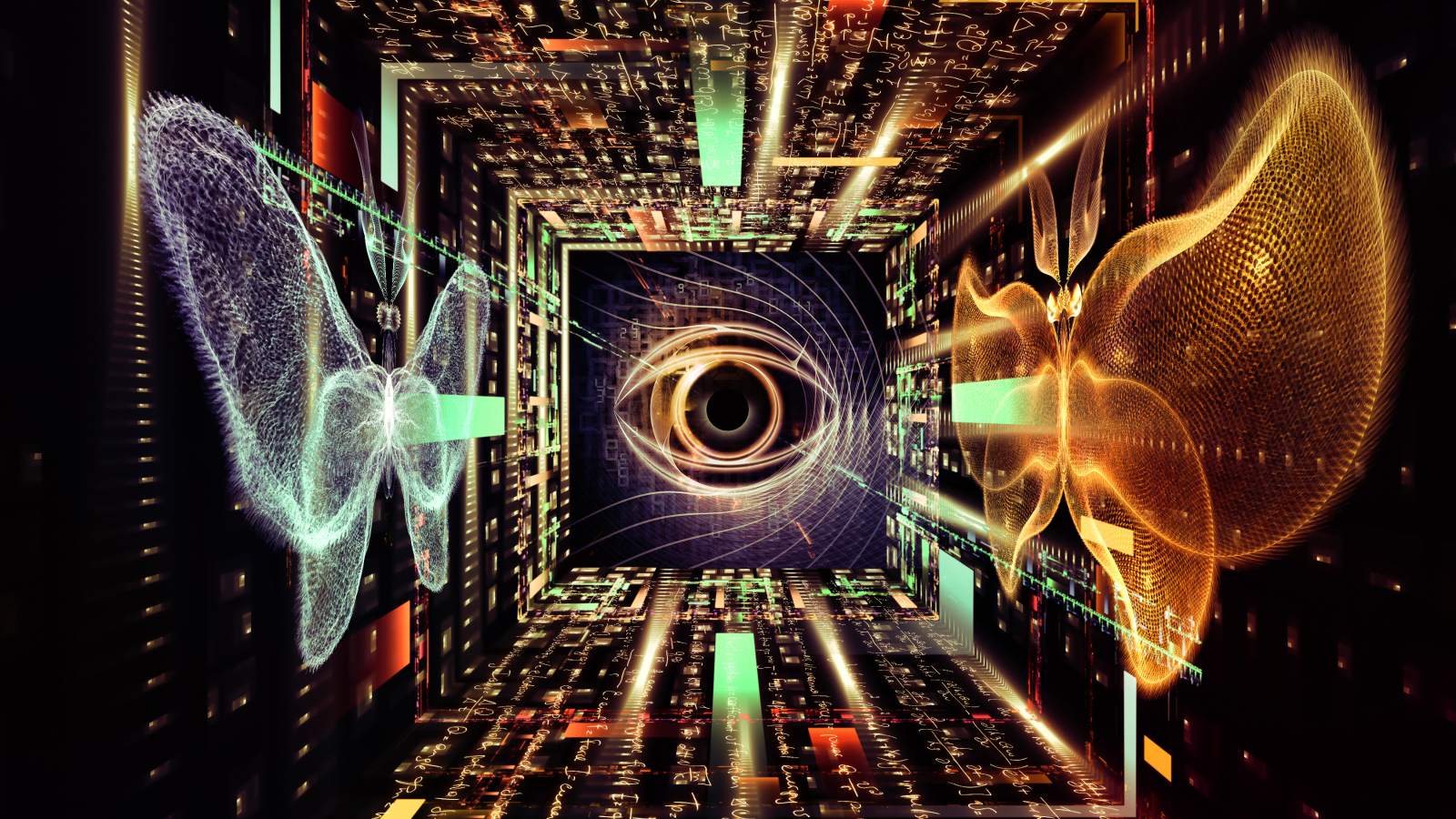Why Is AI Hallucinating More Frequently?
As artificial intelligence technology evolves, we see a troubling trend: AI models, like those developed by OpenAI, are hallucinating more often. This increase in hallucinations raises significant questions about the reliability of advanced AI systems. These models demonstrate remarkable reasoning abilities, yet they also produce inaccurate outputs that can mislead users. Understanding why this happens is crucial for developers and users alike.

Several factors contribute to this phenomenon. As AI models become more sophisticated, they process vast amounts of data. This complexity can lead to misinterpretations and erroneous conclusions. Developers need to address these issues proactively. They could implement stricter guidelines and improve training datasets to minimize inaccuracies. But should we attempt to eliminate these hallucinations entirely? Some experts argue that a balance must be struck between creativity and accuracy in AI.
Moving Forward with AI Technology
To harness AI’s full potential, we must find ways to mitigate hallucinations while allowing room for innovation. Ongoing research and open dialogues in the tech community will be vital in shaping future AI models. The goal should be to develop systems that are both intelligent and trustworthy.
















